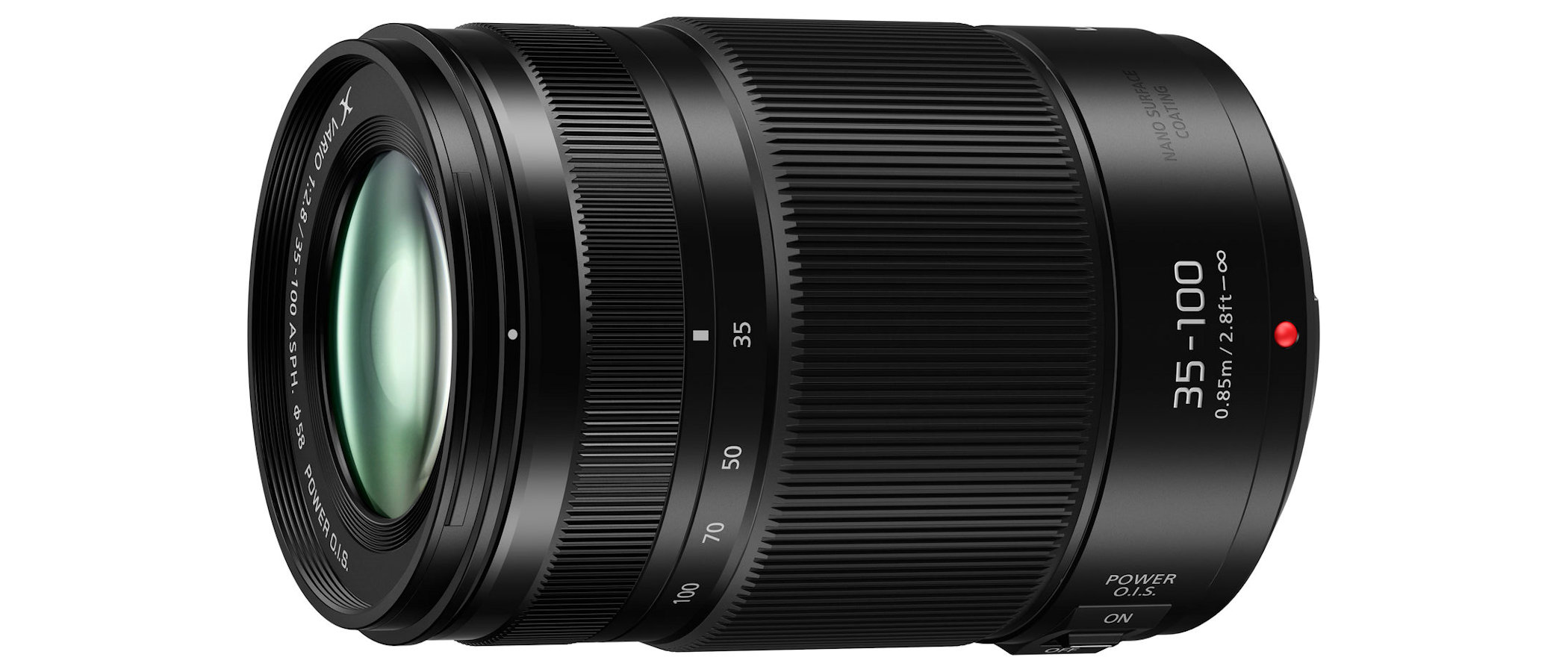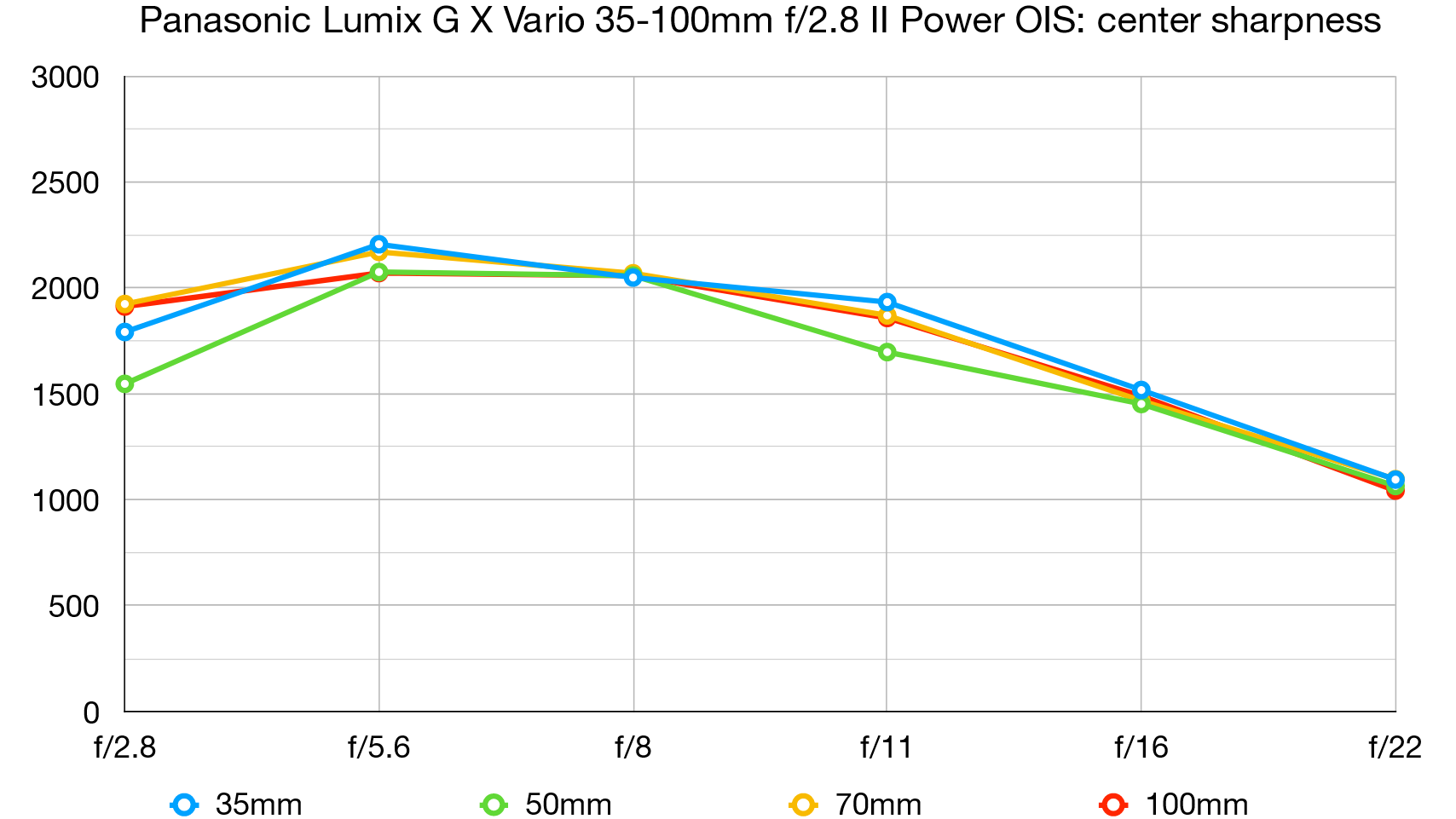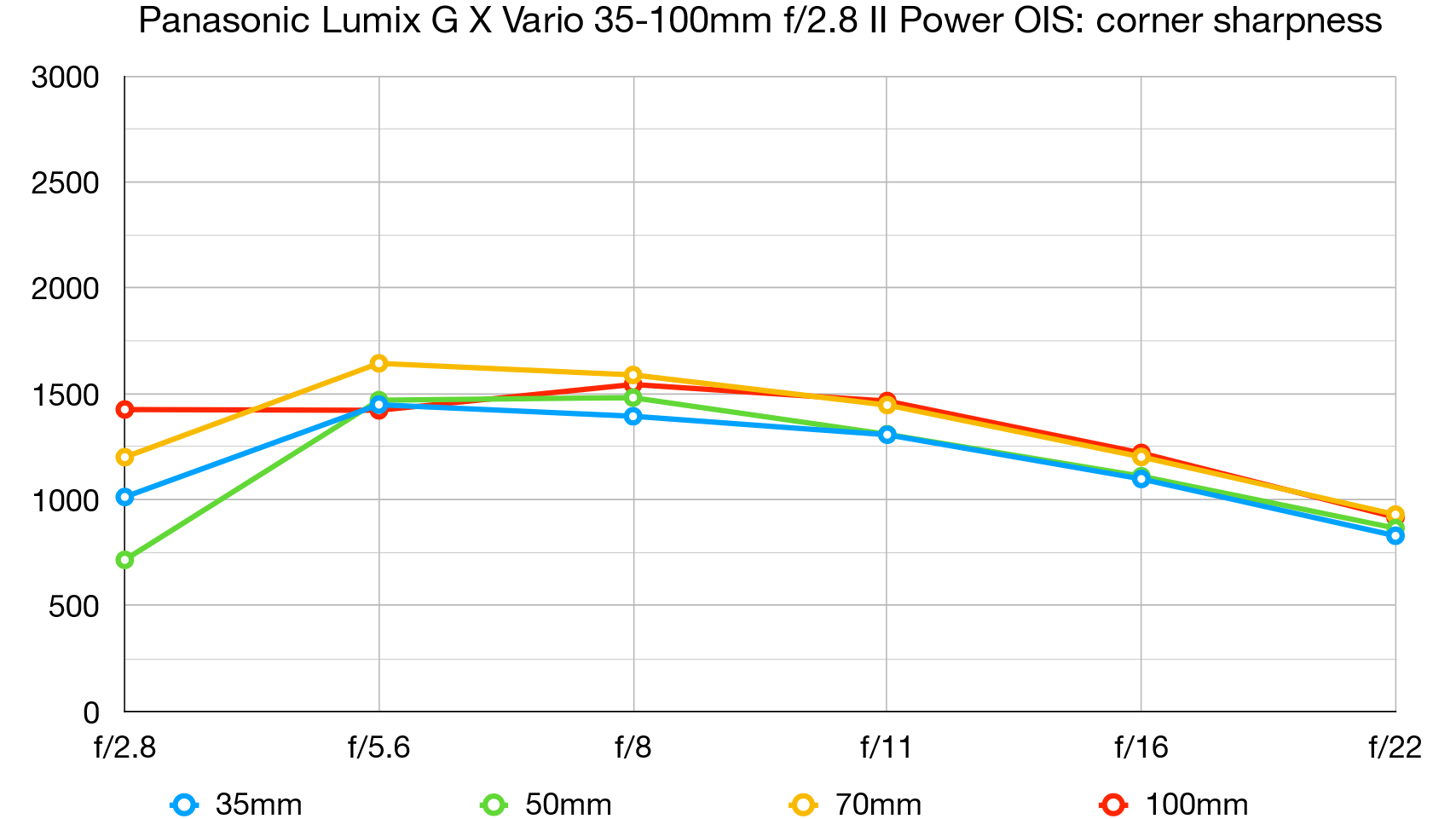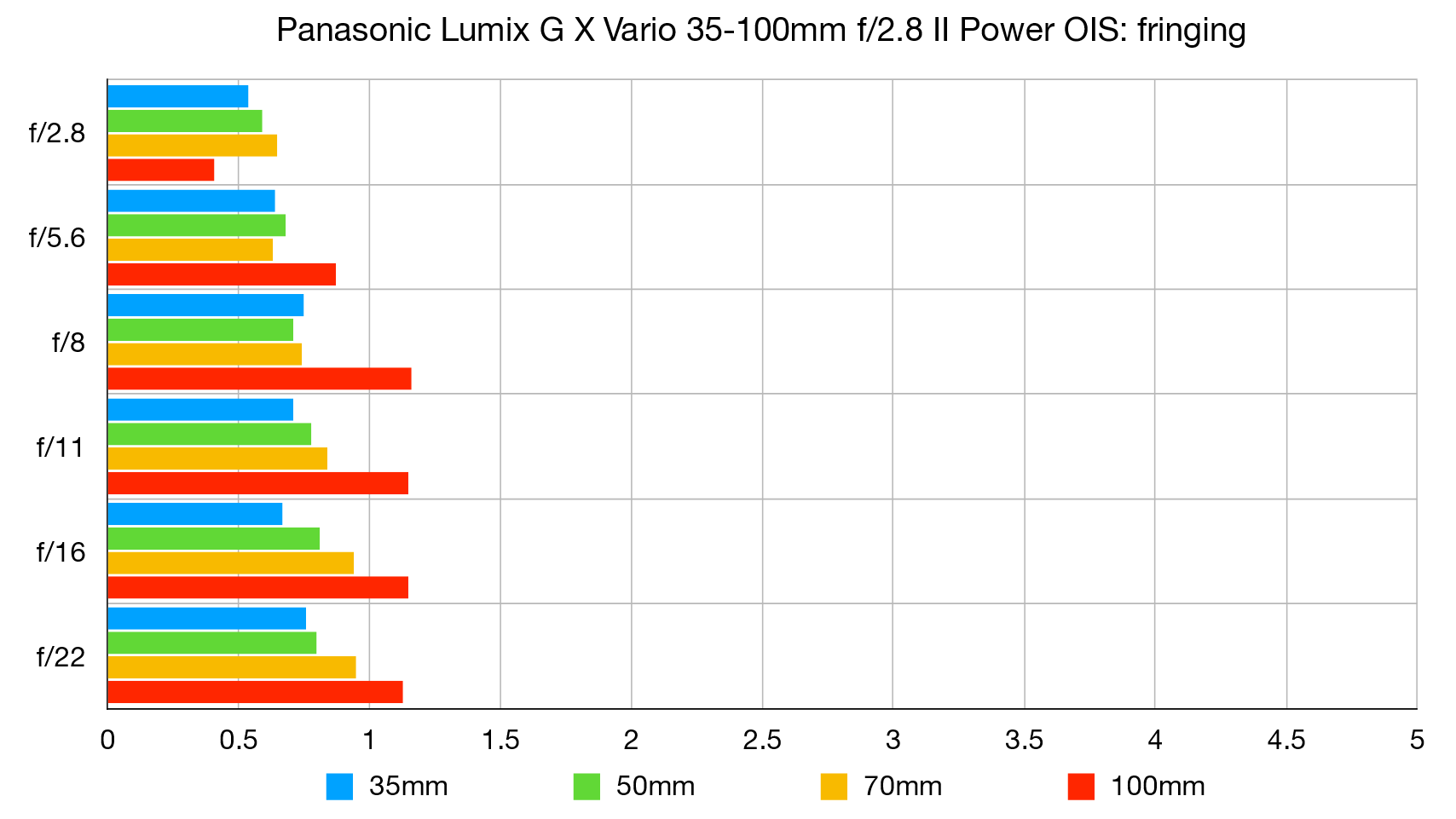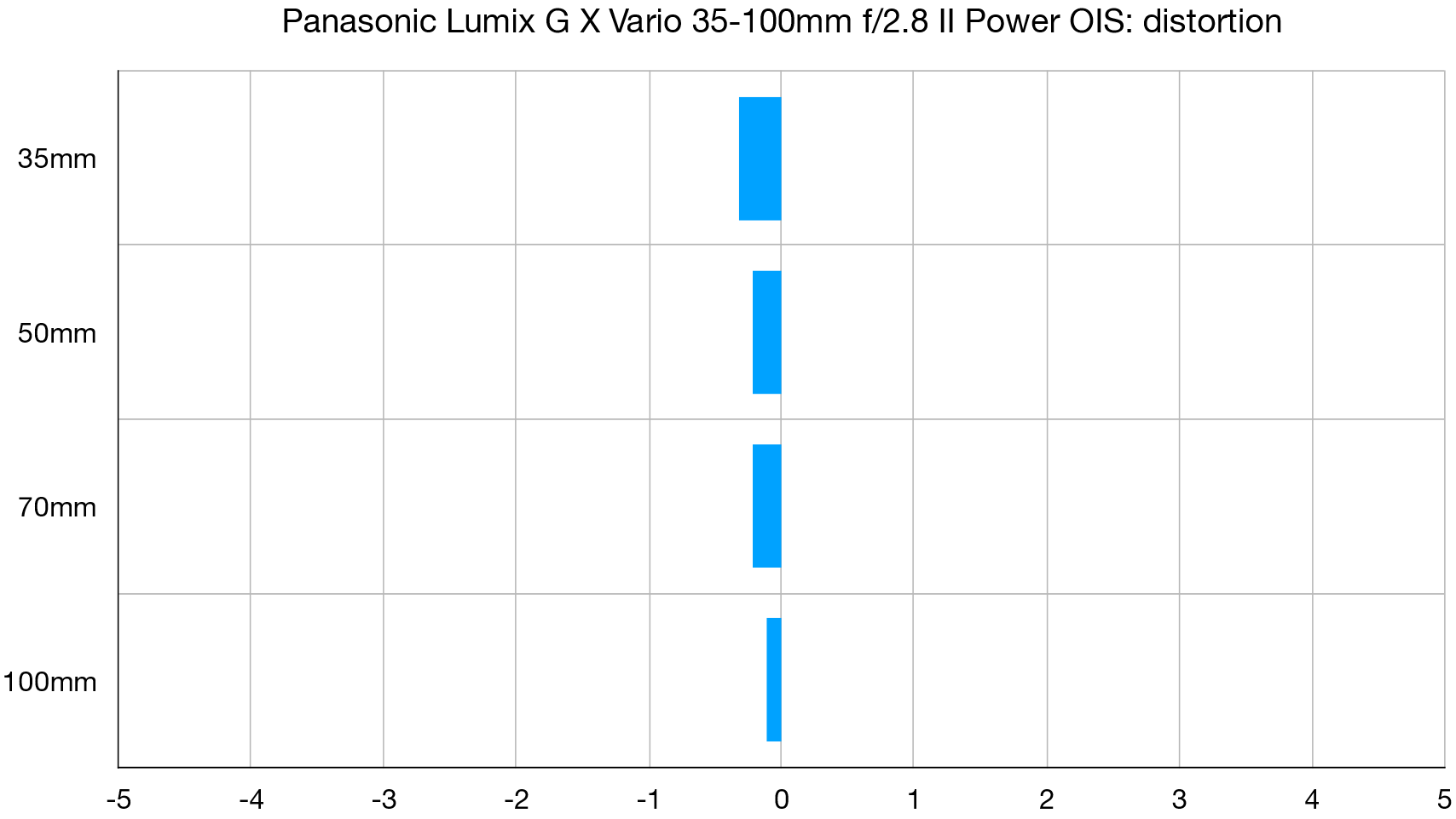Digital Camera World Verdict
The 2x crop factor of Micro Four Thirds cameras really plays into your hands when you want good telephoto reach from a compact and lightweight lens. This Panasonic is a perfect example. It effectively gives you the classic combination of a 70-200mm zoom range (in full-frame terms) with a fast and constant f/2.8 aperture, but in a relatively tiny build. Handling is rather basic compared with most full-frame 70-200mm lenses but overall performance and image quality make it a good buy at the price.
Pros
- +
Quick and virtually silent AF
- +
Optical image stabilization
- +
Compact and lightweight
Cons
- -
Lacks handling refinements
- -
Bokeh of mediocre quality
Why you can trust Digital Camera World
A 70-200mm f/2.8 is often cited as the most essential zoom lens, even by photographers who generally prefer to shoot with primes. The Panasonic Lumix G X Vario 35-100mm f/2.8 II Power OIS plugs this gap in the Micro Four Thirds lens line-up, the 2x crop factor giving it the same ‘effective’ zoom range coupled with a constant f/2.8 aperture rating. It therefore aims to cover many shooting requirements, from event and wedding photography to action sports and wildlife.
Specifications
Mount: Micro Four Thirds
Full frame: No
Autofocus: Yes
Image stabilization: Yes
Lens construction: 18 elements in 13 groups
Angle of view: 34 to 13 degrees
Diaphragm blades: 7
Minimum aperture: f/22
Minimum focusing distance: 0.85m
Maximum magnification ratio: 0.1x
Filter size: 58mm
Dimensions: 67x100mm
Weight: 357g
Key features
The effective zoom range and focal length of this lens are its key features. Even so, one of the reasons that 70-200mm f/2.8 lenses are so popular is that they’re good for isolating subjects within a scene by blurring the background. Given that depth of field is governed more by ‘actual’ than ‘effective’ focal length, the Panasonic 35-100mm loses out here, and bokeh tends to look less smooth.
There’s a major plus side when it comes to size and weight. Compared with typical 70-200mm f/2.8 lenses for full-frame cameras, the Panasonic is only about half the physical length and around a quarter of the weight, tipping the scales at just 357g. A further indication of the downsized design is that the filter attachment thread is a mere 58mm in diameter, which is amazingly small for an f/2.8 zoom.
Build quality feels excellent and includes dust/splash resistance, while the linear stepping motor autofocus system is typically quick and virtually silent in operation. As usual for this type of system, manual focusing relies on an electronic connection to the focus ring, rather than a physical coupling, but it’s precise and smooth in operation.
Panasonic’s ‘Power OIS’ (Optical Image Stabilizer) is also good to have, giving a benefit of about three stops in our tests. Effectiveness is further boosted when using the lens with MFT cameras that feature in-body stabilization, where ‘Dual IS’ becomes available.
The optical design includes two ED (Extra-low Dispersion) elements and one Ultra ED element, aiming to enhance sharpness, contrast and color fidelity while reducing chromatic aberrations. Nano Surface Coating is also applied to minimize flare and ghosting.
Handling feels refined but rather basic, with a single switch for turning image stabilization on or off. Photographers who are used to the AF-on/hold buttons, customizable control rings and alternative stabilization modes featured in many recent 70-200mm lenses might feel rather short-changed.
Performance
Sharpness is generally excellent but drops off a bit in the short half of the zoom range when shooting wide-open at f/2.8. Resistance to ghosting and flare is good and, helped by automatic in-camera corrections, color fringing and distortion are basically non-issues. Overall performance is very good.
Lab results
We run a range of lab tests under controlled conditions, using the Imatest Master testing suite. Photos of test charts are taken across the range of apertures and zooms (where available), then analyzed for sharpness, distortion and chromatic aberrations.
We use Imatest SFR (spatial frequency response) charts and analysis software to plot lens resolution at the center of the image frame, corners and mid-point distances, across the range of aperture settings and, with zoom lenses, at four different focal lengths. The tests also measure distortion and color fringing (chromatic aberration).
Sharpness:
Sharpness is excellent across the whole frame in the 50-100mm sector of the zoom range, even when shooting at the widest aperture of f/2.8. There’s a more noticeable drop-off in wide-aperture sharpness at shorter focal lengths, both at the center and towards the edges of the frame.
Fringing:
Levels of color fringing are very minimal at all combinations of focal length and aperture, even out towards the extreme edges and corners of the image frame.
Distortion:
The best camera deals, reviews, product advice, and unmissable photography news, direct to your inbox!
As with color fringing, automatic in-camera correction is on hand to boost effective performance. The net result is that there’s only a very minor touch of barrel distortion at any zoom setting.
Verdict
The 2x crop factor of Micro Four Thirds cameras really plays into your hands when you want good telephoto reach from a compact and lightweight lens. This Panasonic is a perfect example. It effectively gives you the classic combination of a 70-200mm zoom range (in full-frame terms) with a fast and constant f/2.8 aperture, but in a relatively tiny build. Handling is rather basic compared with most full-frame 70-200mm lenses but overall performance and image quality make it a good buy at the price.
Read more:
• Best camera lenses to get
• Best macro lenses
• Best telephoto lenses
• Best wideangle lenses
• Best fisheye lenses
Matthew Richards is a photographer and journalist who has spent years using and reviewing all manner of photo gear. He is Digital Camera World's principal lens reviewer – and has tested more primes and zooms than most people have had hot dinners!
His expertise with equipment doesn’t end there, though. He is also an encyclopedia when it comes to all manner of cameras, camera holsters and bags, flashguns, tripods and heads, printers, papers and inks, and just about anything imaging-related.
In an earlier life he was a broadcast engineer at the BBC, as well as a former editor of PC Guide.
